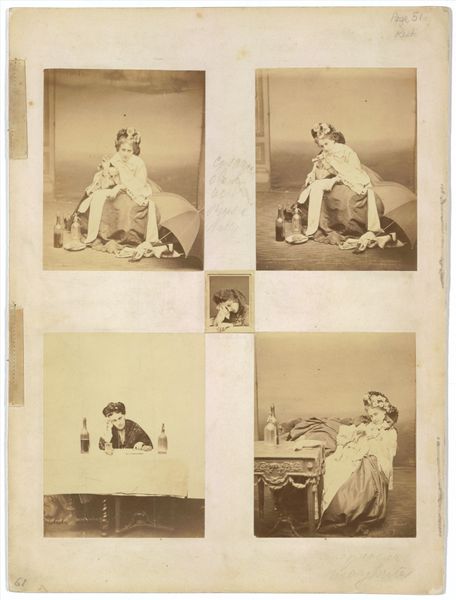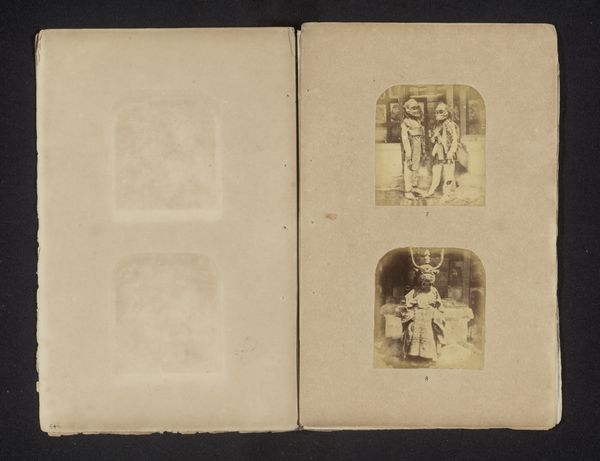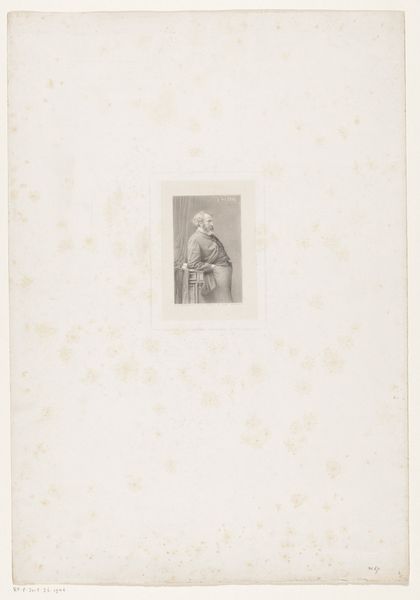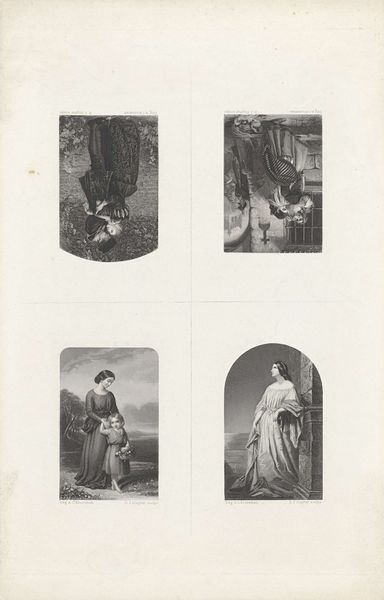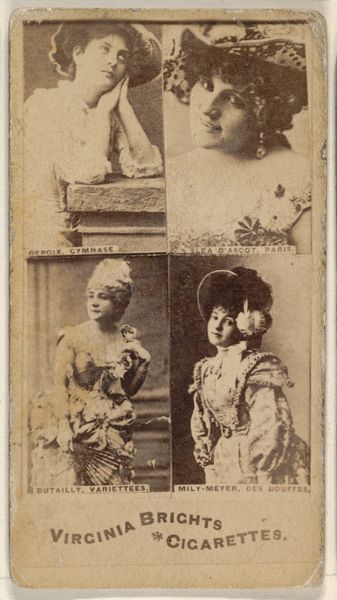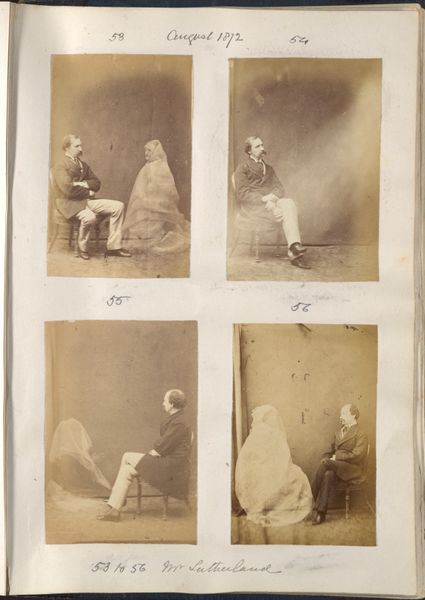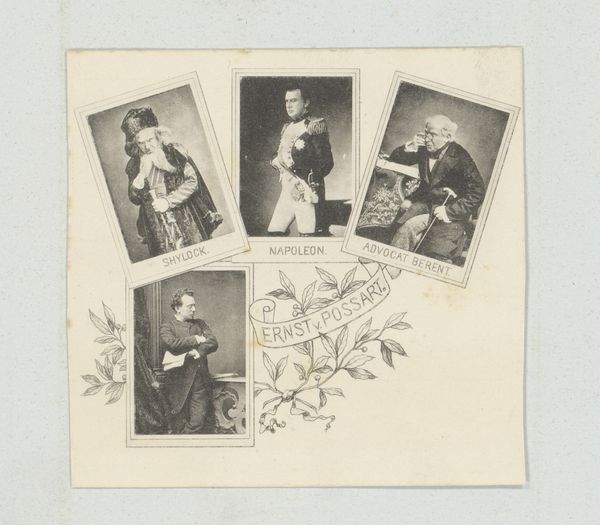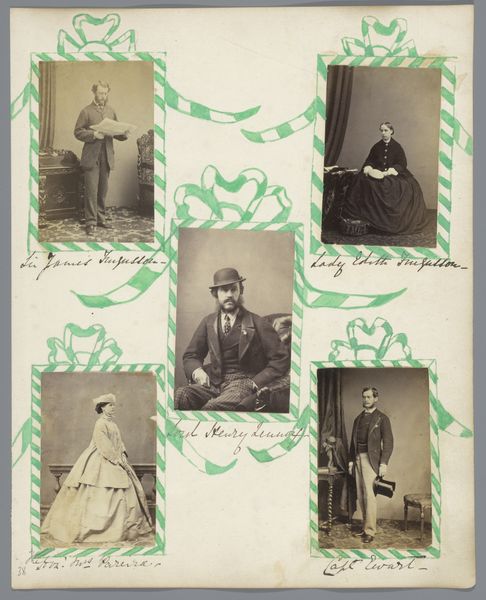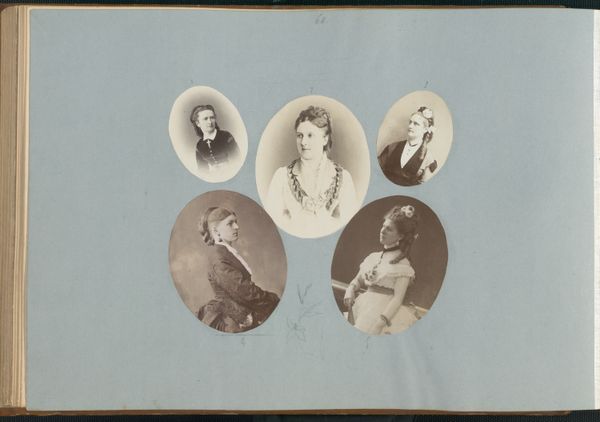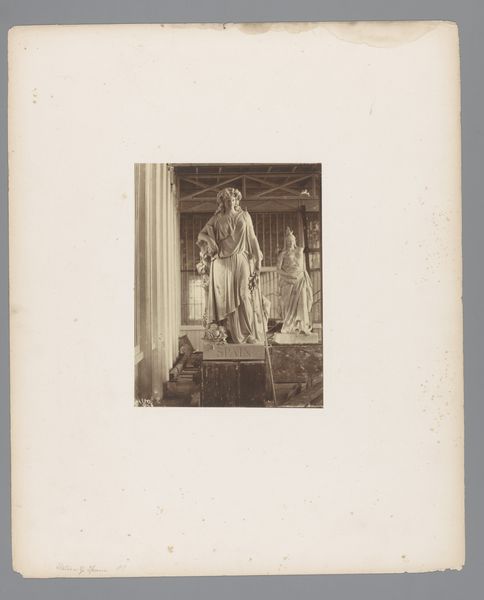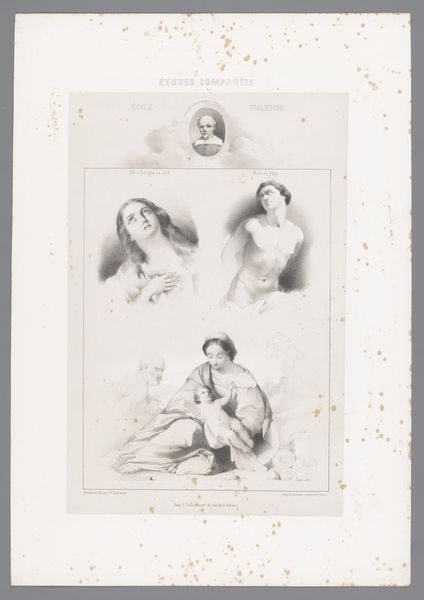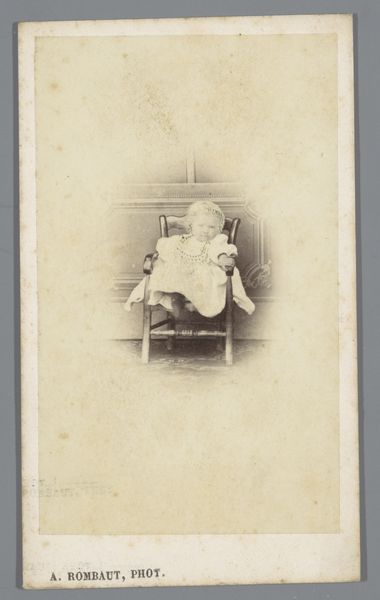![[Figurine of Young Boy Holding Apples; Cabinet Card of a Man; Figurine of a Young Child with a Hat; Sculpture of a Man with Child; Sculpture with Animal] by John Dillwyn Llewelyn](/_next/image?url=https%3A%2F%2Fd2w8kbdekdi1gv.cloudfront.net%2FeyJidWNrZXQiOiAiYXJ0ZXJhLWltYWdlcy1idWNrZXQiLCAia2V5IjogImFydHdvcmtzL2NjMzkzNjQ3LTE2ZDgtNDQ4NS05YTgwLTg4ZjEzMDQ1YjZmNi9jYzM5MzY0Ny0xNmQ4LTQ0ODUtOWE4MC04OGYxMzA0NWI2ZjZfZnVsbC5qcGciLCAiZWRpdHMiOiB7InJlc2l6ZSI6IHsid2lkdGgiOiAxOTIwLCAiaGVpZ2h0IjogMTkyMCwgImZpdCI6ICJpbnNpZGUifX19&w=3840&q=75)
[Figurine of Young Boy Holding Apples; Cabinet Card of a Man; Figurine of a Young Child with a Hat; Sculpture of a Man with Child; Sculpture with Animal] 1853 - 1856
0:00
0:00
daguerreotype, photography, sculpture
#
portrait
#
still-life-photography
#
animal
#
daguerreotype
#
boy
#
figuration
#
photography
#
sculpture
#
history-painting
Dimensions: Beginning at top, moving clockwise: Image: 5.6 × 5.2 cm (2 3/16 × 2 1/16 in.) (top) Image: 7.3 × 5.4 cm (2 7/8 × 2 1/8 in.) (right) Image: 8.2 × 6.1 cm (3 1/4 × 2 3/8 in.) (bottom) Image: 7.2 × 5.4 cm (2 13/16 × 2 1/8 in.) (left) Image: 4.3 × 4.3 cm (1 11/16 × 1 11/16 in.) (center)
Copyright: Public Domain
Curator: My initial reaction? A muted kind of Victorian curiosity shop condensed into a single frame. Editor: Indeed. This is a daguerreotype created between 1853 and 1856 by John Dillwyn Llewelyn. It’s titled, rather descriptively, "[Figurine of Young Boy Holding Apples; Cabinet Card of a Man; Figurine of a Young Child with a Hat; Sculpture of a Man with Child; Sculpture with Animal]". Curator: Succinct! It feels like a record of what somebody found interesting. Or maybe… objects imbued with a particular nostalgia? There’s something haunting about the monochrome and the somewhat stiff presentation of these figurines. Editor: The daguerreotype process itself lends to that, doesn’t it? These were unique, single images on silver-plated copper, very sharp but delicate and reflective. These images were most likely personal keepsakes, showing a certain level of artistic engagement with domesticity. Llewelyn was from a well-off family who could afford to explore then novel photography technologies. It offered him another artistic language beyond other mediums like paint and stone. Curator: Definitely evokes a different sensation than viewing, say, a marble sculpture in full light. These miniatures feel like echoes. And that lone man on the right? He is quite different from these sculptures, although rendered with the same photographic process. Is there some reason they appear as a group, together? Editor: That difference is critical to consider. The "cabinet card of a man," included here, really highlights the intersection of the sculptural, photographic, and the portrait, popular formats for conveying likeness, but the portrait here is juxtaposed with the very stillness and crafted artificiality of sculpture. I am curious how their collective presentation here challenges distinctions we assign to such representation in modern public space such as museums or galleries. Curator: So the real art may not necessarily be the photograph itself, but the choices made in composing this photographic “still life”. Makes you think about what gets collected, what stories get told, and how we choose to tell them. There is something melancholy about seeing images within images. Editor: Absolutely. These aren't straightforward copies of art, but images *of* images re-presented with the new media. By framing it in this way, it provides a lens onto 19th-century values, aesthetics, and the burgeoning field of visual culture and its accessibility through photographic print. Curator: Like looking through someone's memory box. It’s less about grand pronouncements and more about intimate whispers.
Comments
No comments
Be the first to comment and join the conversation on the ultimate creative platform.

